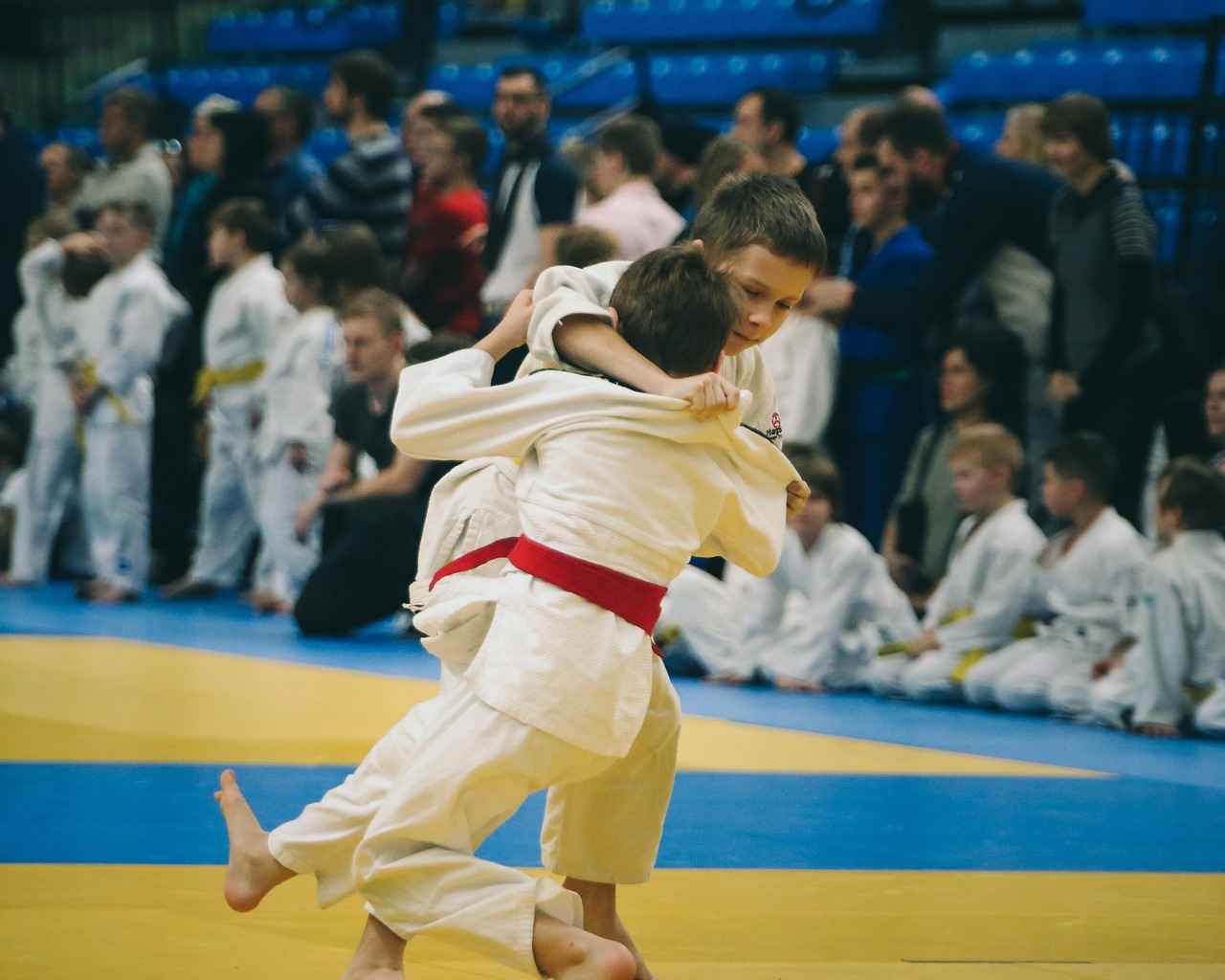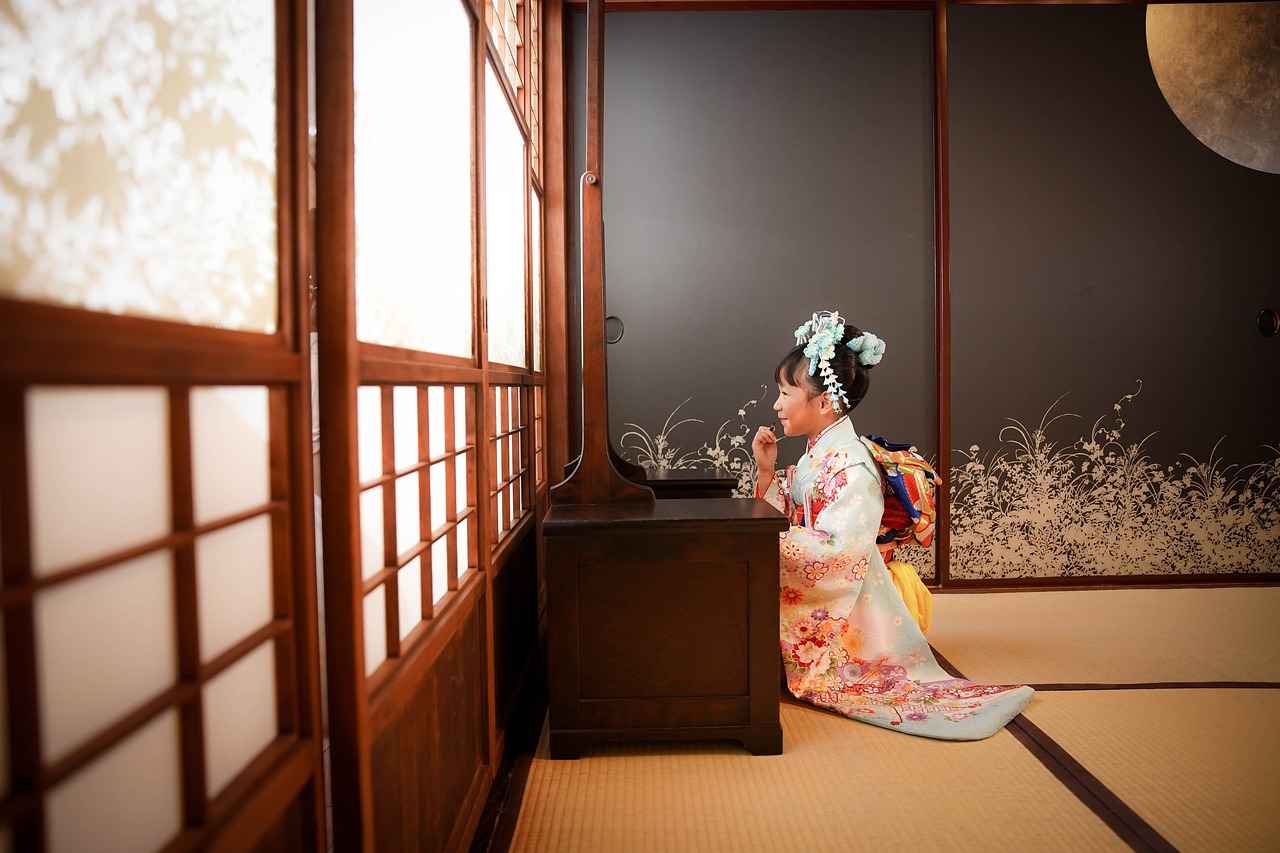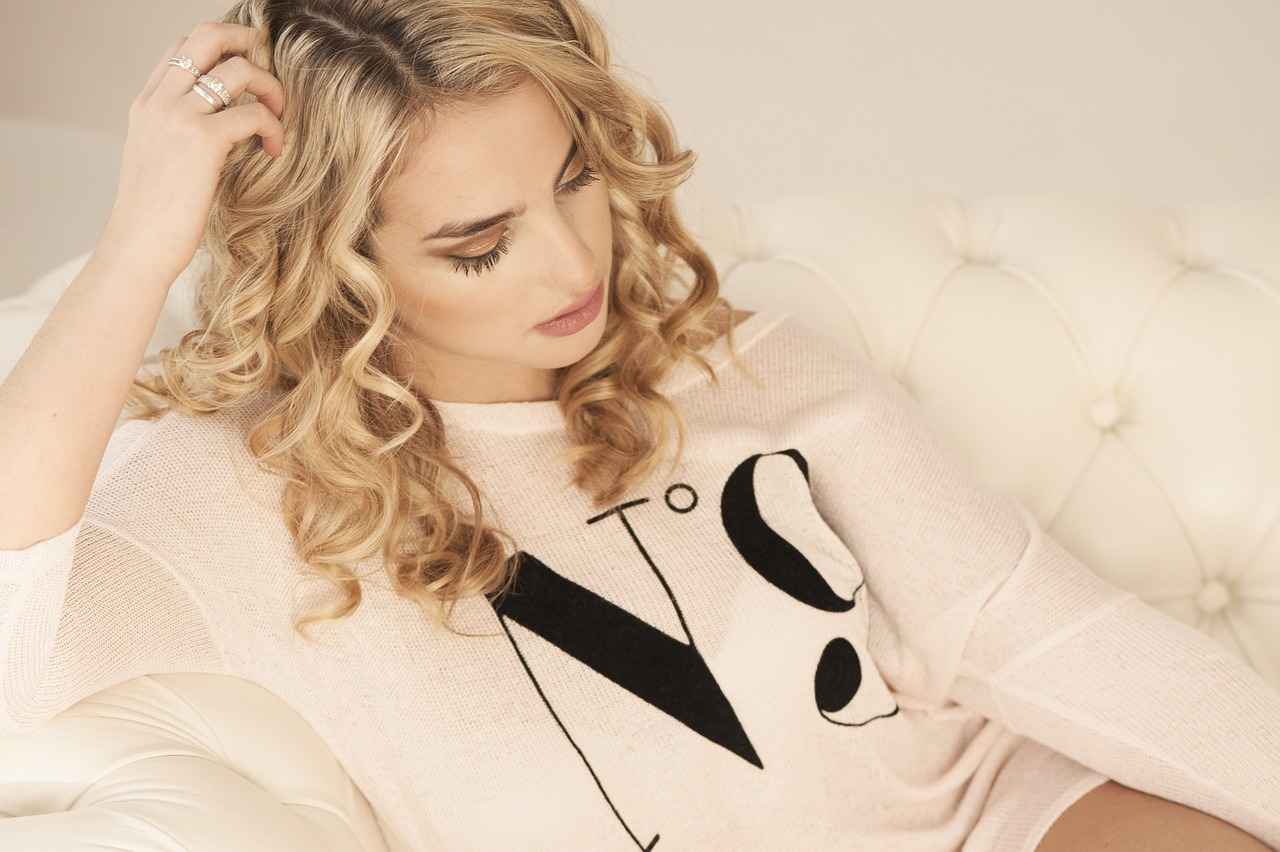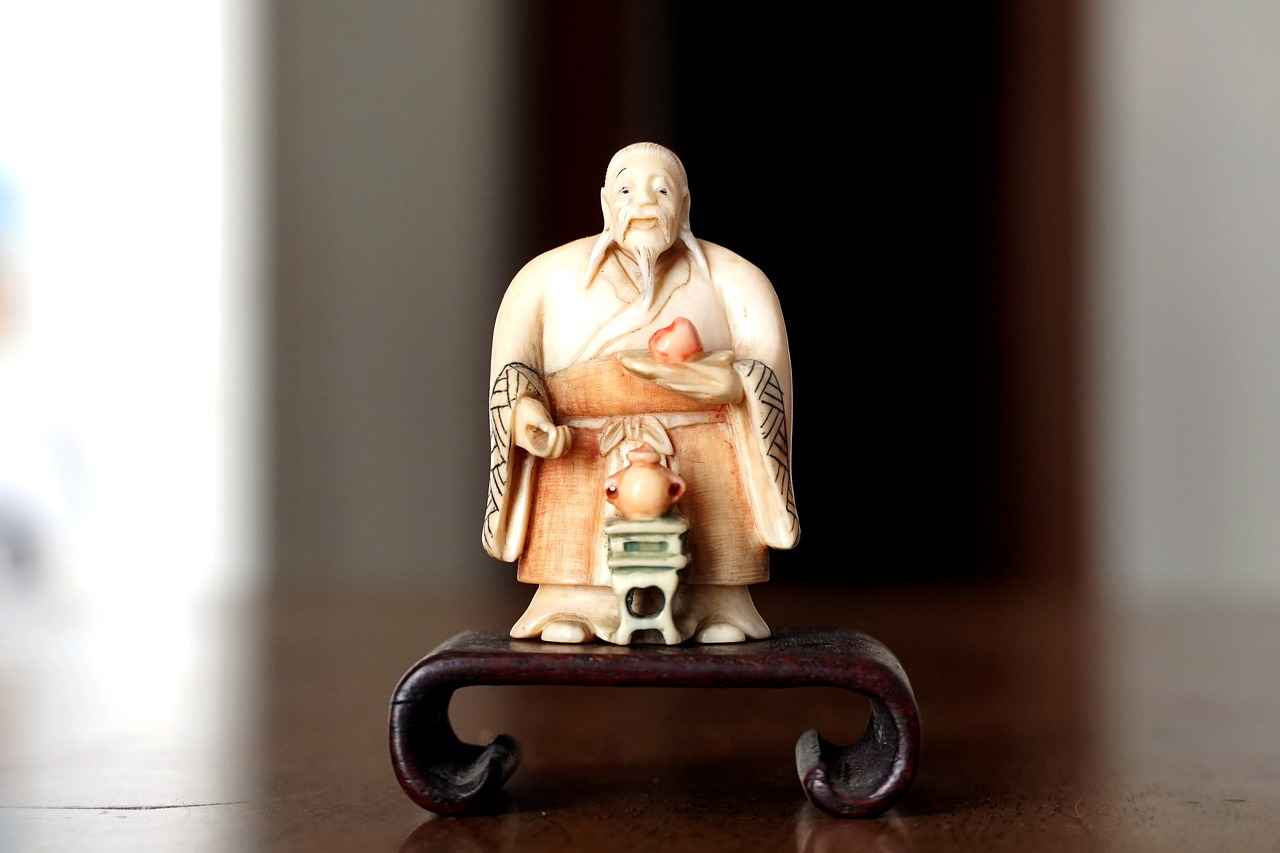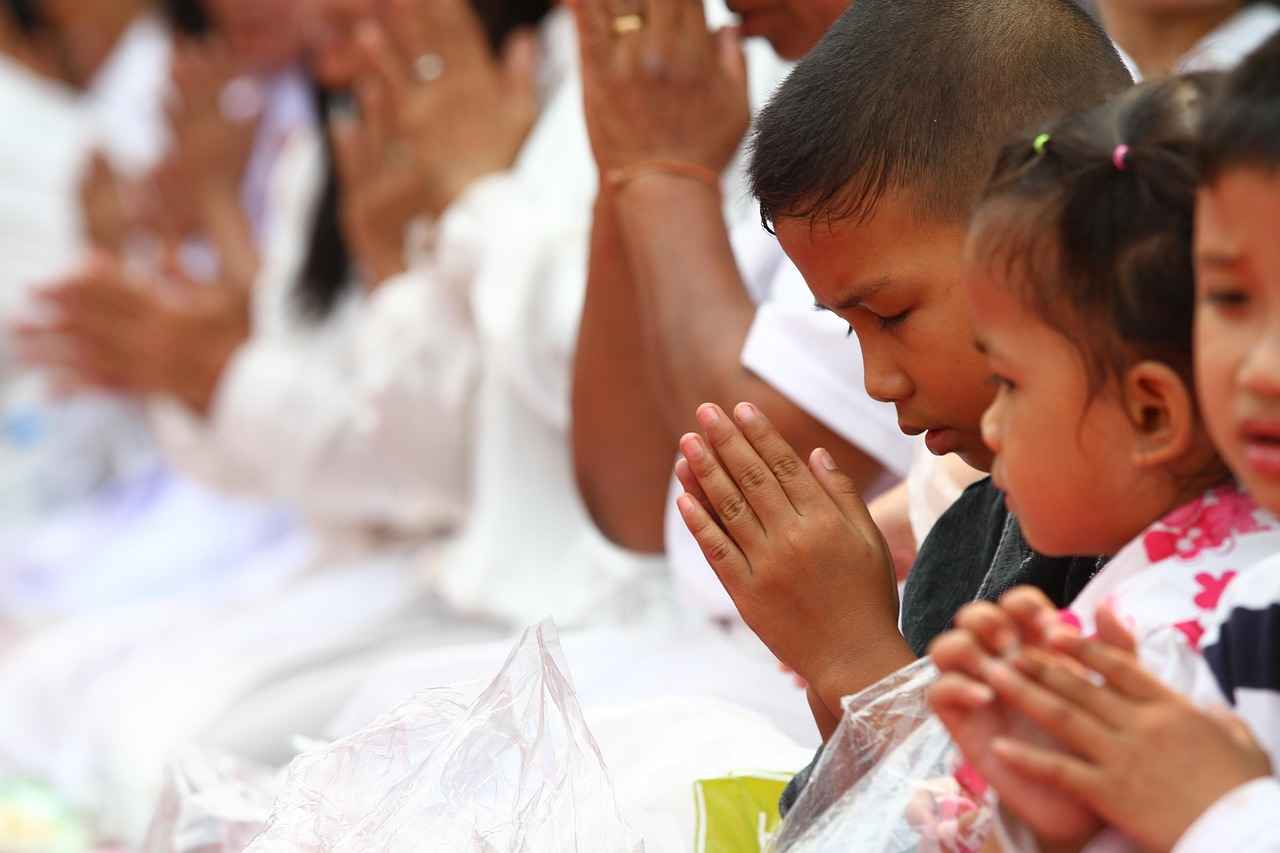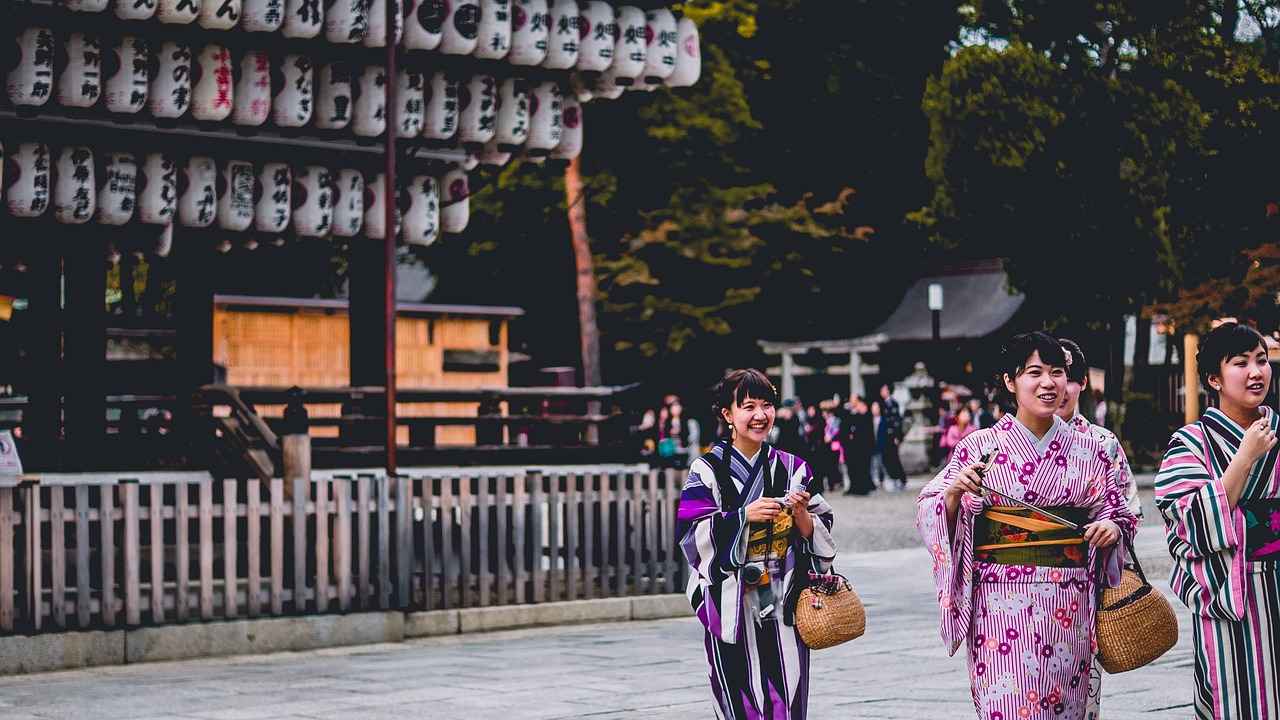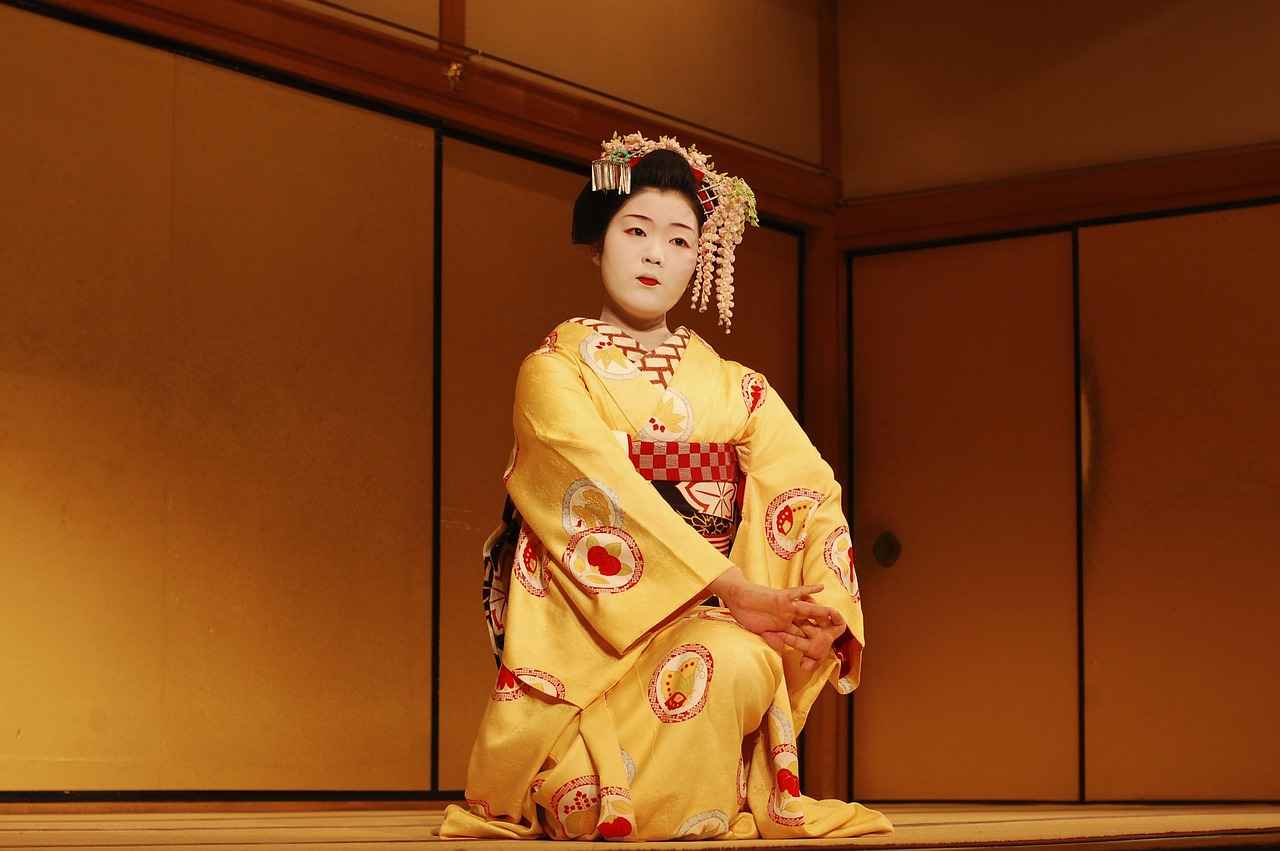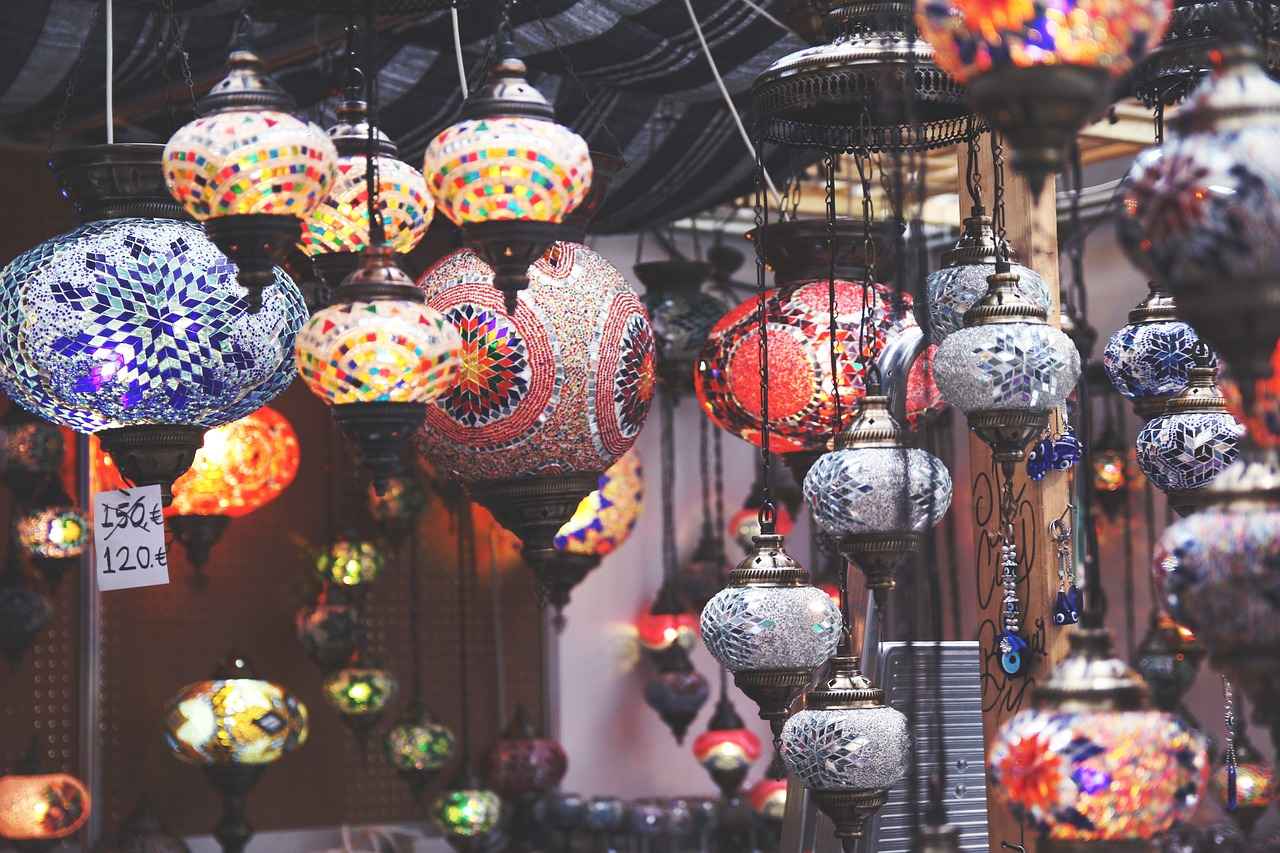This article explores the distinct characteristics of kimono and obi, their historical significance, and practical styling tips to help you wear them confidently and elegantly.
The kimono is a traditional Japanese garment that carries a profound cultural heritage. It is characterized by its long sleeves and wrap-around design, which can vary significantly based on the occasion and the wearer’s age and status. Kimonos are made from a variety of fabrics, including silk and cotton, and come in a multitude of patterns and colors that reflect the seasons and festivals in Japan.
On the other hand, the obi is an essential accessory that complements the kimono. This wide belt not only serves a functional purpose by securing the kimono in place but also adds a decorative element that enhances the overall appearance. There are several types of obi, including the haneri, which is a shorter version typically used for casual wear, and the maru obi, which is more formal and often worn on special occasions.
| Type of Kimono | Description |
|---|---|
| Furisode | Worn by young unmarried women, characterized by long sleeves. |
| Tomesode | A formal kimono for married women, often featuring elegant designs. |
| Yukata | A casual summer kimono made of cotton, perfect for festivals. |
When it comes to styling, understanding your body type is crucial. A kimono should flatter your figure, so consider the cut and fabric that best suits you. For example, lighter colors and softer fabrics can create a more flowing silhouette, while darker colors may offer a more structured look.
Accessorizing your kimono can elevate your outfit. Consider pairing it with traditional geta sandals or decorative hairpieces to complete your look. Additionally, learning how to tie an obi correctly can enhance the elegance of your ensemble. There are various styles of obi knots, each suited for different occasions.
In conclusion, both the kimono and obi are not just garments but symbols of Japanese culture. By understanding their significance and learning how to style them appropriately, you can wear these beautiful pieces with confidence and elegance.
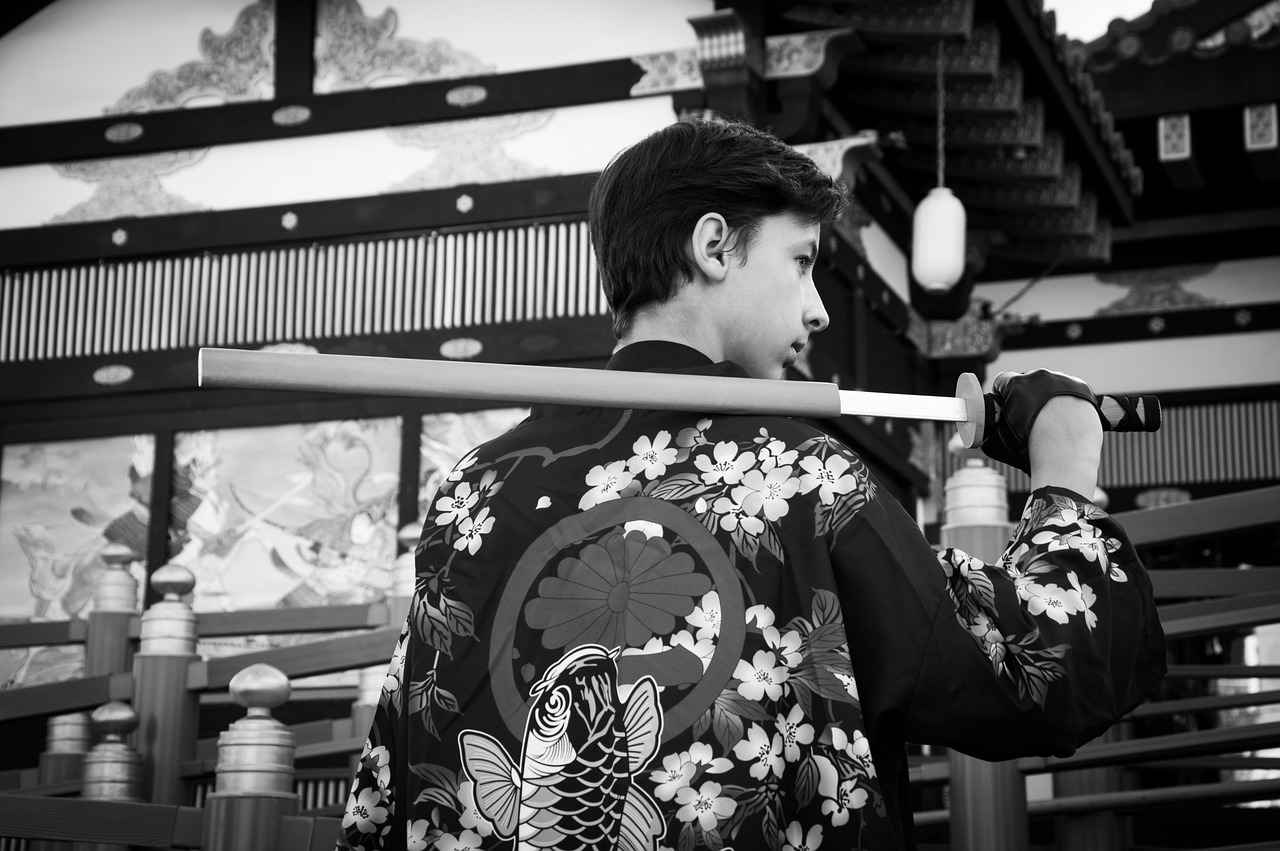
Understanding the Kimono
The kimono is a traditional Japanese garment that embodies the rich cultural heritage of Japan. With its intricate designs and symbolic meanings, the kimono is more than just clothing; it is a representation of Japanese history and artistry. In this section, we will explore the various styles, fabrics, and cultural significance of the kimono, providing a deeper understanding of this iconic attire.
Historically, the kimono evolved from the ancient clothing styles of Japan, dating back to the Heian period (794-1185). Traditionally, kimonos are made from silk, cotton, or synthetic fabrics, and they are characterized by their long sleeves and wrap-around design. The choice of fabric often reflects the occasion and the season, with lighter materials preferred for summer and heavier fabrics for winter.
| Kimono Style | Description |
|---|---|
| Furisode | A formal kimono with long sleeves, typically worn by young women during special occasions. |
| Tomesode | A formal kimono worn by married women, featuring shorter sleeves and elegant designs. |
| Yukata | A casual summer kimono made of lightweight cotton, often worn at festivals and events. |
The cultural significance of the kimono extends beyond its aesthetic appeal. Each color and pattern carries specific meanings, often associated with different seasons, festivals, and milestones in life. For instance, a red kimono may symbolize happiness and good fortune, while a black kimono is often worn during mourning rituals.
In recent years, there has been a resurgence of interest in kimonos, both in Japan and internationally. Fashion designers are incorporating kimono elements into modern clothing, showcasing the garment’s versatility and timeless beauty. As more people embrace this traditional attire, the kimono continues to evolve, blending tradition with contemporary fashion.
In conclusion, the kimono is a profound symbol of Japanese culture, reflecting the history, artistry, and values of the nation. Understanding its various styles, fabrics, and significance allows us to appreciate this remarkable garment and its place in both historical and modern contexts.
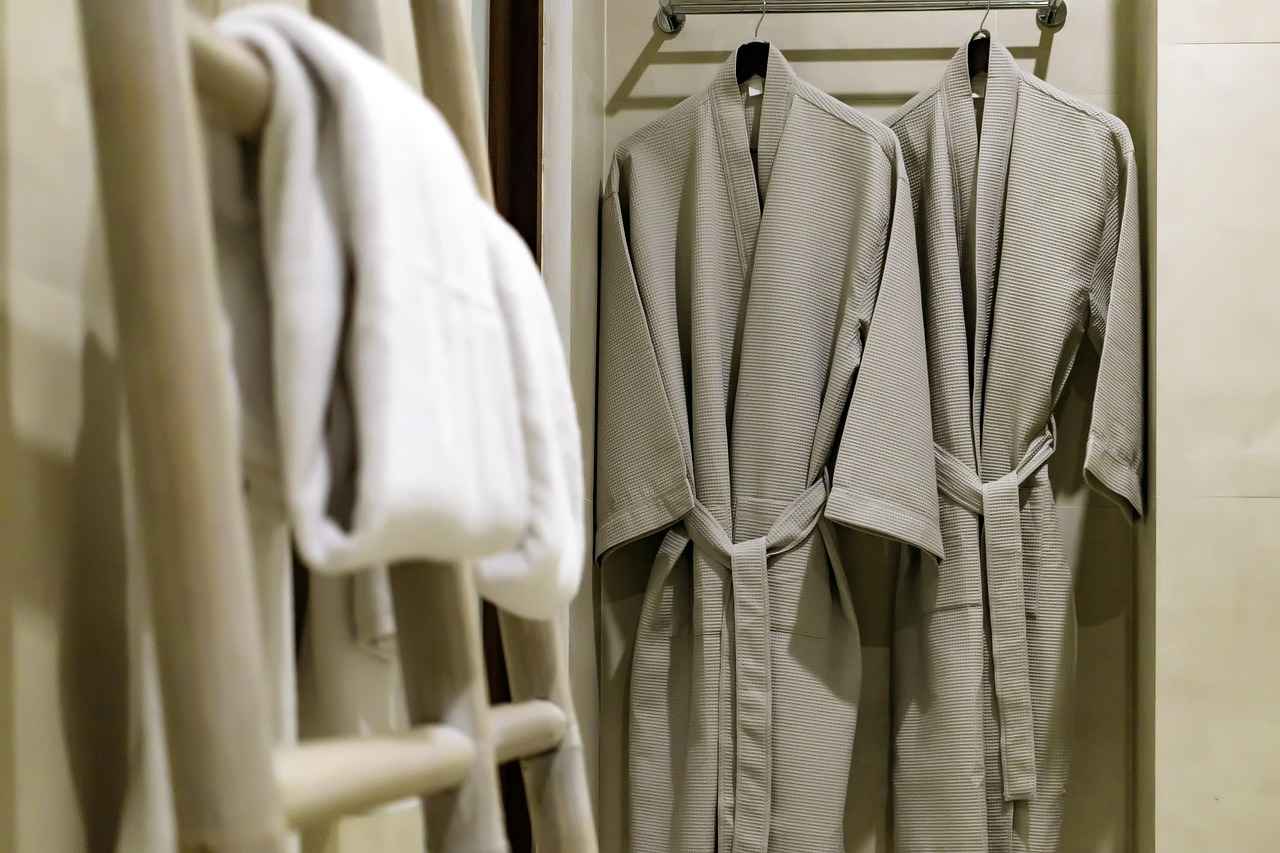
The Role of the Obi
The obi is not just a piece of fabric; it is a crucial element that completes the look of a kimono. This traditional Japanese accessory serves both functional and aesthetic purposes, enhancing the overall elegance of the outfit. In this section, we will explore the various types of obi, their significance, and how they contribute to the art of kimono styling.
Obi come in several styles, each designed to complement different types of kimonos and occasions. Below are some of the most common types:
- Fukuro Obi: This is the most popular type of obi, often worn with formal kimonos. It is wide and usually features intricate designs.
- Haneri Obi: A shorter version of the obi, typically worn with casual kimonos. It is easier to tie and provides a relaxed look.
- Maru Obi: A thick, formal obi that is often adorned with elaborate patterns. It is used for very formal occasions, such as weddings.
- Nagoya Obi: This type is a hybrid between fukuro and haneri obi. It is commonly used for semi-formal occasions and is easier to tie due to its unique structure.
Each type of obi plays a significant role in accentuating the kimono’s beauty. For instance, a maru obi can elevate a simple kimono to a stunning ensemble suitable for a wedding, while a yukata obi can provide a casual yet stylish appearance for summer festivals.
Moreover, the way an obi is tied can also convey different meanings and styles. Mastering the art of tying an obi can enhance your overall kimono experience, allowing you to express your personality and style. From the intricate taiko musubi to the more relaxed otaiko musubi, the choice of knot can dramatically change the look of your outfit.
In conclusion, the obi is an indispensable accessory that not only serves practical purposes but also enhances the aesthetic appeal of the kimono. Understanding the different types of obi and their appropriate uses can significantly improve your kimono styling, allowing you to wear this beautiful garment with confidence and grace.
Types of Kimono
The world of kimono is as diverse as it is beautiful, encompassing a variety of styles that cater to different occasions. Understanding these styles is essential for anyone looking to appreciate or wear this iconic Japanese garment. Below, we explore the main types of kimono, highlighting their unique characteristics and suitable occasions.
| Type of Kimono | Description | Occasions |
|---|---|---|
| Furisode | A formal kimono characterized by long sleeves, typically worn by young unmarried women. | Weddings, Coming-of-Age ceremonies, and other formal events. |
| Tomesode | A formal kimono with shorter sleeves, often adorned with elegant designs, worn by married women. | Weddings and formal gatherings. |
| Yukata | A casual cotton kimono, usually worn during the summer months and festivals. | Summer festivals, casual outings, and hot spring visits. |
| Hifu | A sleeveless kimono often worn over other clothing, providing an extra layer of warmth. | Casual events and traditional ceremonies. |
Each type of kimono serves a specific purpose and reflects the rich cultural heritage of Japan. For example, the furisode is often seen as a symbol of youth and vitality, while the tomesode represents maturity and elegance. The yukata, with its lighter fabric, is ideal for warm weather, making it a popular choice during summer festivals.
In conclusion, understanding the various types of kimono not only enhances your appreciation for this traditional garment but also helps you choose the right one for any occasion. Whether you’re attending a formal event or enjoying a casual summer festival, there’s a kimono style that fits perfectly.
Formal Kimonos
, such as the furisode and tomesode, hold a significant place in Japanese culture, particularly during special occasions. These garments are not only beautiful but also steeped in tradition and meaning.
The furisode, characterized by its long, flowing sleeves, is traditionally worn by young, unmarried women. It is often adorned with intricate patterns and vibrant colors, making it a popular choice for celebratory events such as weddings, coming-of-age ceremonies, and graduations. The style and design of the furisode reflect the wearer’s youth and vitality, symbolizing hope and new beginnings.
On the other hand, the tomesode is typically worn by married women and is distinguished by its shorter sleeves. This kimono is often more subdued in color and features elegant designs, usually limited to the lower part of the garment. The tomesode is commonly seen at formal events like weddings (as a guest) and tea ceremonies, where a sense of sophistication and respect is paramount.
Both styles of formal kimonos are made from high-quality fabrics, such as silk, which adds to their luxurious appeal. The choice of fabric and the intricacy of the designs often indicate the formality of the event and the status of the wearer.
When wearing a formal kimono, it is essential to pair it with the appropriate obi, which is the wide belt that secures the kimono in place. The style and color of the obi can greatly affect the overall aesthetic, making it an important element of kimono fashion.
In conclusion, formal kimonos like the furisode and tomesode are not merely garments; they are representations of cultural heritage and personal milestones. Understanding when and how to wear these kimonos allows individuals to honor tradition while expressing their unique style.
Casual Kimonos
, particularly the yukata, are a delightful blend of tradition and modernity, making them ideal for everyday wear and vibrant summer festivals. These garments, often crafted from lightweight cotton, provide comfort while allowing for personal expression through various designs and colors.
One of the most appealing aspects of casual kimonos is their versatility. They can be dressed up or down depending on the occasion. For instance, a brightly colored yukata adorned with floral patterns is perfect for summer festivals, where it can be paired with traditional geta sandals and a simple obi belt. On the other hand, a more subdued yukata can be worn for casual outings, making it a staple in any wardrobe.
The designs of casual kimonos vary significantly, reflecting regional styles and seasonal trends. Some feature intricate patterns inspired by nature, while others showcase bold, contemporary graphics. This diversity allows individuals to choose a yukata that resonates with their personal style, making it a unique fashion statement.
When it comes to occasions, casual kimonos shine during summer festivals such as Hanabi (fireworks festivals) and Obon (a festival honoring deceased ancestors). They are also suitable for picnics, beach outings, and even casual get-togethers with friends. The ease of wearing a yukata, often requiring minimal accessories, makes it a practical choice for those seeking comfort without sacrificing style.
In conclusion, casual kimonos like the yukata are not just garments; they embody a cultural heritage while offering flexibility for modern wear. Whether you’re enjoying a summer festival or simply looking to add a touch of elegance to your daily outfit, a yukata is a perfect choice that celebrates both tradition and individuality.
Types of Obi
The obi is a fundamental component of the traditional Japanese kimono ensemble, serving both a practical and decorative role. There are several styles of obi, each designed to complement different types of kimono and occasions. Understanding these styles can enhance your overall look and ensure you wear your kimono with confidence.
- Fukuro Obi: This is one of the most common types of obi used for formal occasions. It is usually made of luxurious fabrics and features intricate patterns. The fukuro obi is designed to be wrapped around the waist and tied at the back, creating a beautiful bow.
- Haneri Obi: Often used for casual wear, the haneri obi is simpler in design and is typically made of lighter materials. It is ideal for summer festivals and informal gatherings.
- Maru Obi: This style is the most formal and is often worn with the most prestigious kimonos, such as the tomesode. The maru obi is wide and features elaborate designs on both sides, making it visually striking.
- Obiage and Obijime: These are additional accessories worn with the obi. The obiage is a decorative piece that covers the top of the obi knot, while the obijime is a cord that secures the obi in place, adding an extra layer of elegance.
- Yukata Obi: Specifically designed for the yukata, a casual summer kimono, this obi is lightweight and often comes in vibrant colors. It is easy to tie and perfect for warm weather events.
Each obi style not only enhances the beauty of the kimono but also reflects the wearer’s personal style and the occasion. By choosing the right obi, you can elevate your kimono outfit and ensure that you look your best.
How to Tie an Obi
Tying an obi can be a complex yet rewarding skill that significantly enhances your kimono-wearing experience. This section aims to demystify the process, providing you with step-by-step instructions to master various obi tying techniques.
Before we dive into the methods, it’s essential to understand the importance of the obi. The obi not only serves a functional purpose by securing the kimono but also adds an artistic flair to your overall look. With the right technique, you can transform your outfit into a stunning ensemble.
- Basic Knot (Obi Musubi)
- Start by wrapping the obi around your waist, ensuring it sits comfortably.
- Cross the ends at the back and bring them to the front.
- Make a simple knot, securing it tightly.
- Adjust the front to ensure it’s centered and even.
- Butterfly Knot (Cho Musubi)
- Wrap the obi around your waist and cross the ends at the back.
- Bring one end to the front and create a loop.
- Wrap the other end around the loop and pull it through.
- Adjust the loops to form a butterfly shape.
- Square Knot (Shin Musubi)
- Begin similarly by wrapping the obi around your waist.
- Cross the ends at the back and bring them to the front.
- Make a square knot by tying the left end over the right and then under.
- Secure tightly and adjust for a neat finish.
Practicing these techniques will not only improve your skill but also boost your confidence when wearing a kimono. Remember, each tying style can convey a different mood or occasion, so choose wisely based on the event you are attending.
In conclusion, mastering the art of tying an obi is essential for anyone looking to embrace the beauty of traditional Japanese attire. With these instructions, you can explore the various styles and find the one that best suits your personal aesthetic.
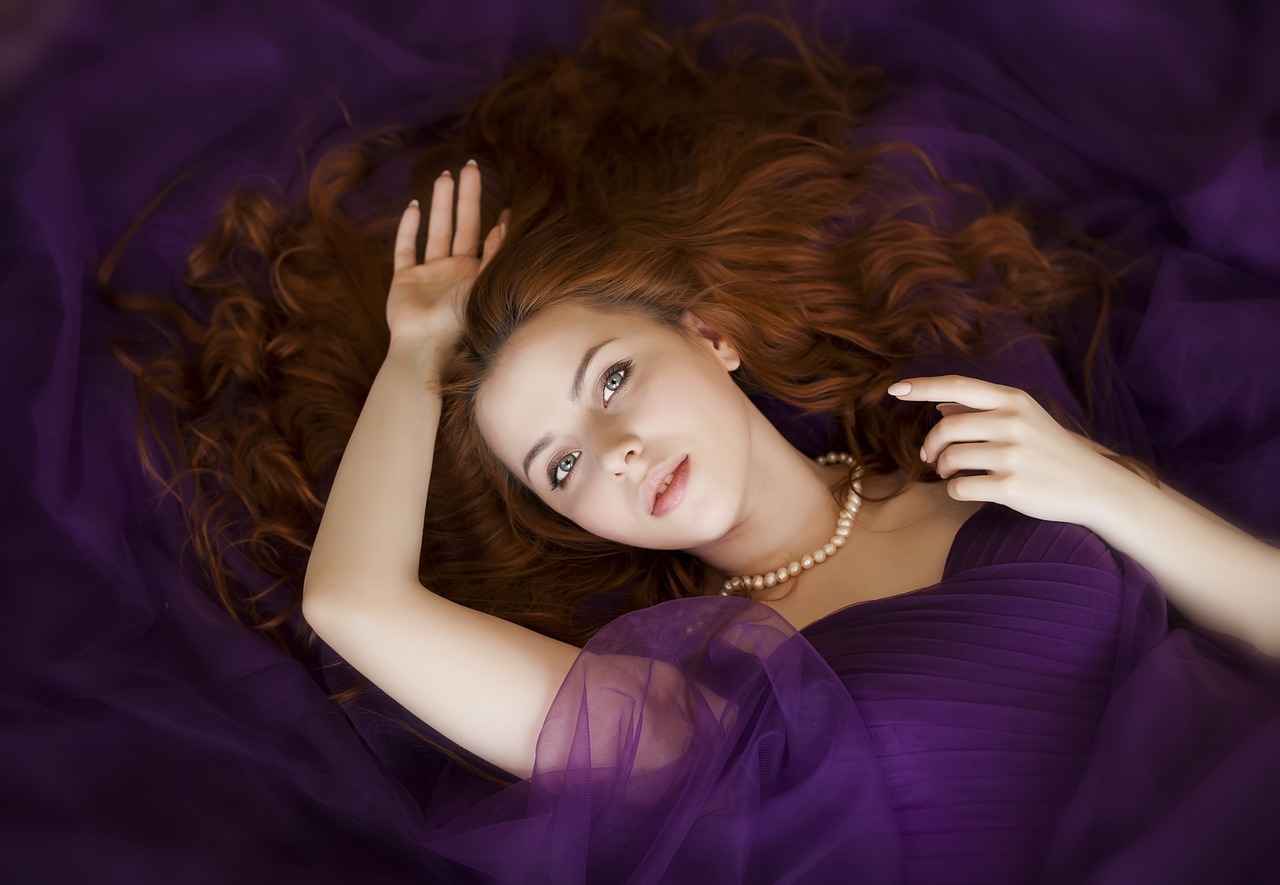
Choosing the Right Kimono for Your Body Type
When it comes to selecting the perfect kimono, understanding your body type is crucial. A well-chosen kimono not only enhances your appearance but also boosts your confidence. Here are some essential tips to help you choose a kimono that flatters your figure:
- Identify Your Body Shape: The first step is to determine your body shape. Common shapes include hourglass, pear, apple, and rectangle. Each shape has different characteristics that can be complemented by specific kimono styles.
- Consider Length and Cut: The length of the kimono can dramatically affect how it looks on you. For example, long kimonos can elongate your figure, while shorter styles may emphasize your legs. Choose a cut that enhances your best features.
- Fabric Matters: The fabric of the kimono plays a significant role in how it drapes on your body. Lightweight fabrics like cotton or silk can create a flowing silhouette, while stiffer materials may add structure. Opt for fabrics that complement your shape.
- Color and Patterns: Colors and patterns can influence how your body proportions are perceived. Darker colors can create a slimming effect, while bold patterns can draw attention to specific areas. Choose colors that harmonize with your skin tone and patterns that suit your style.
- Layering Techniques: If you want to add depth to your outfit, consider layering. A well-placed obi or a contrasting undergarment can enhance your overall look. Experiment with different layering techniques to find what works best for you.
In conclusion, selecting a kimono that flatters your body type involves understanding your unique shape and experimenting with different styles, fabrics, and colors. By following these tips, you can confidently choose a kimono that not only looks great but also feels comfortable to wear.
Color and Fabric Selection
The color and fabric of your kimono play a crucial role in defining your overall appearance. Choosing the right combination can enhance your personal style and make a significant statement. Here are some essential tips to help you select the best colors and materials for your kimono.
- Understanding Color Psychology: Different colors evoke different emotions and perceptions. For instance, red is often associated with luck and celebration, making it a popular choice for festive occasions, while blue can convey calmness and elegance.
- Skin Tone Considerations: When selecting a kimono color, consider your skin tone. Warm tones, such as peach and gold, complement warmer skin tones, whereas cooler tones like silver and blue suit cooler skin tones.
- Fabric Choices: The fabric of your kimono can also impact its overall look and feel. Traditional fabrics like silk offer a luxurious appearance, while cotton kimonos are perfect for casual, everyday wear. Understanding the purpose of your kimono can guide your fabric choice.
- Occasion Appropriateness: Different occasions call for different colors and fabrics. For formal events, opt for rich colors and luxurious fabrics, while casual outings can embrace lighter colors and breathable materials.
Furthermore, consider mixing and matching colors and patterns. A solid-colored kimono can be paired with a patterned obi to create a striking contrast, while a patterned kimono can be complemented with a solid obi for a more balanced look.
In summary, selecting the right colors and fabrics for your kimono is essential to achieving a harmonious and stylish appearance. By considering your skin tone, the occasion, and the psychological impact of colors, you can make informed decisions that reflect your personal style.
Accessorizing Your Kimono
When it comes to wearing a kimono, the right accessories can truly transform your look and elevate your outfit from ordinary to extraordinary. The art of accessorizing is not just about adding elements; it’s about creating a harmonious ensemble that reflects your personal style while respecting the traditional aesthetics of the kimono.
Footwear: The Foundation of Your Outfit
Choosing the right footwear is crucial. Traditional geta and zori are popular choices that complement the kimono’s elegance. Geta, with its elevated wooden soles, is ideal for formal occasions, while zori, often made of fabric or leather, provides comfort and style for casual outings. When selecting footwear, consider the color and design to ensure they match or enhance your kimono.
Jewelry: Adding a Touch of Glamour
Jewelry can enhance your kimono outfit, but it should be chosen with care. Opt for subtle pieces that do not overpower the garment. Delicate earrings, a simple necklace, or a classic bracelet can add a touch of sophistication. If your kimono is patterned, consider choosing solid-colored accessories to maintain balance.
Obi Accessories: The Finishing Touch
The obi is not just a functional piece; it can also be accessorized for added flair. Obi cords or decorative obi clips can enhance the look of your obi, providing an opportunity to introduce complementary colors or textures. These small details can make a significant impact on your overall appearance.
Hairstyles and Hair Accessories
Your hairstyle can also play an important role in your kimono ensemble. Traditional styles, such as geisha-inspired updos, can beautifully complement your look. Consider adding hairpins or floral accessories to enhance your hairstyle without overwhelming it.
In conclusion, accessorizing your kimono is an art that requires thoughtfulness and creativity. By carefully selecting footwear, jewelry, and other accessories, you can create a stunning and cohesive look that honors the beauty of the kimono while showcasing your unique style.
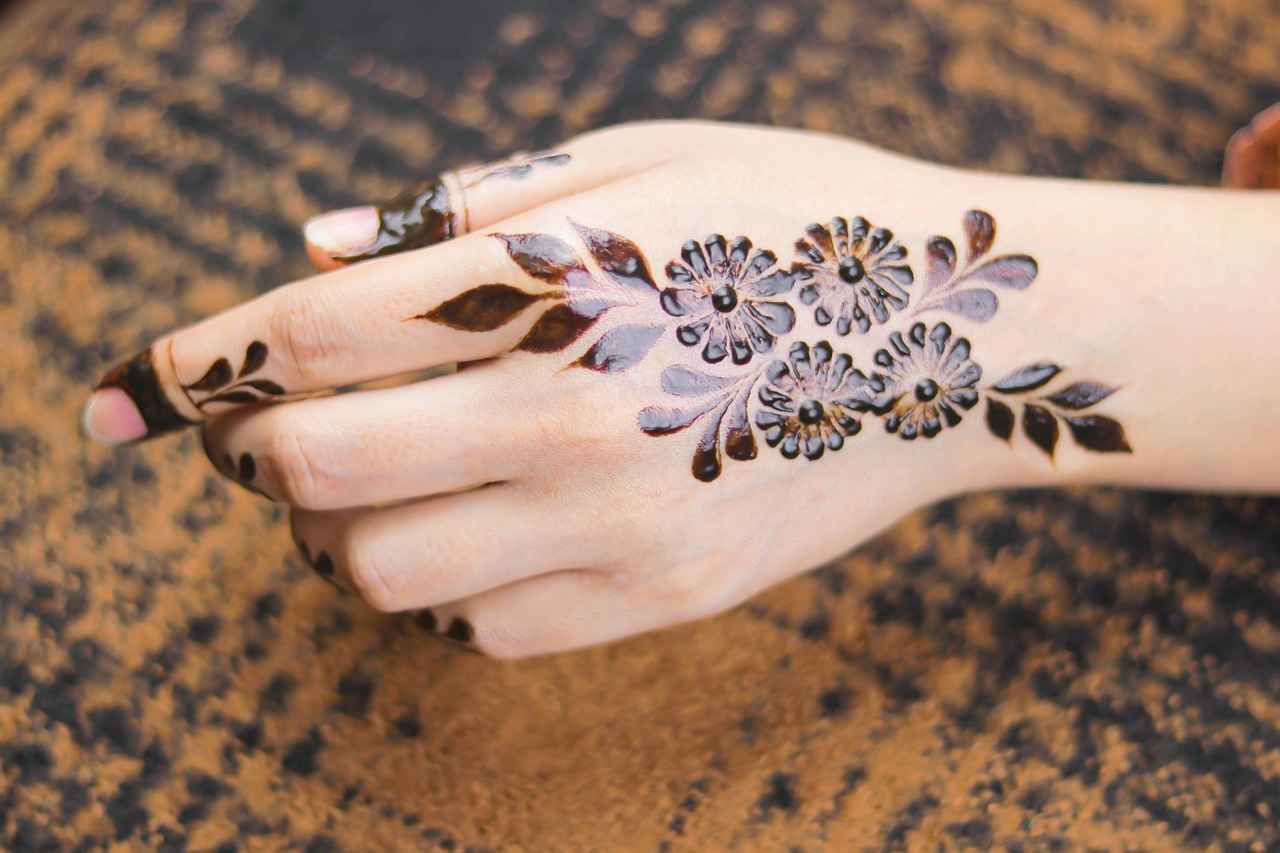
Styling Tips for Different Occasions
When it comes to wearing a kimono, understanding how to style it appropriately for different occasions is essential. The kimono, a symbol of Japanese culture, can be adapted to suit a variety of events, from formal ceremonies to casual outings. In this section, we will explore various styling tips to help you choose the right kimono and obi accessories for each occasion.
| Occasion | Kimono Style | Obi Style | Accessories |
|---|---|---|---|
| Weddings | Furisode (long-sleeved kimono) | Maru Obi (formal obi) | Traditional footwear (geta), hair ornaments |
| Tea Ceremonies | Tomesode (formal kimono) | Fukuro Obi (decorative obi) | Simple jewelry, zori sandals |
| Festivals | Yukata (summer kimono) | Hanhaba Obi (casual obi) | Colorful accessories, fans |
| Casual Outings | Komon (casual kimono) | Obiage (informal obi) | Lightweight shawls, everyday sandals |
For formal events such as weddings, opt for a furisode, characterized by its long sleeves and vibrant colors. Pair it with a maru obi to accentuate the elegance of the outfit. For tea ceremonies, a tomesode is appropriate, complemented by a fukuro obi that enhances the overall aesthetic without overwhelming it.
During summer festivals, a yukata is the perfect choice. This lightweight kimono allows for comfort while still looking stylish. Accessorize with a hanhaba obi and colorful items to capture the festive spirit. For casual outings, consider a komon kimono, paired with a more relaxed obiage that maintains a laid-back vibe.
In conclusion, selecting the right kimono and obi for different occasions not only showcases your understanding of this beautiful garment but also allows you to express your personal style. With these styling tips, you can confidently embrace the rich traditions of kimono fashion.
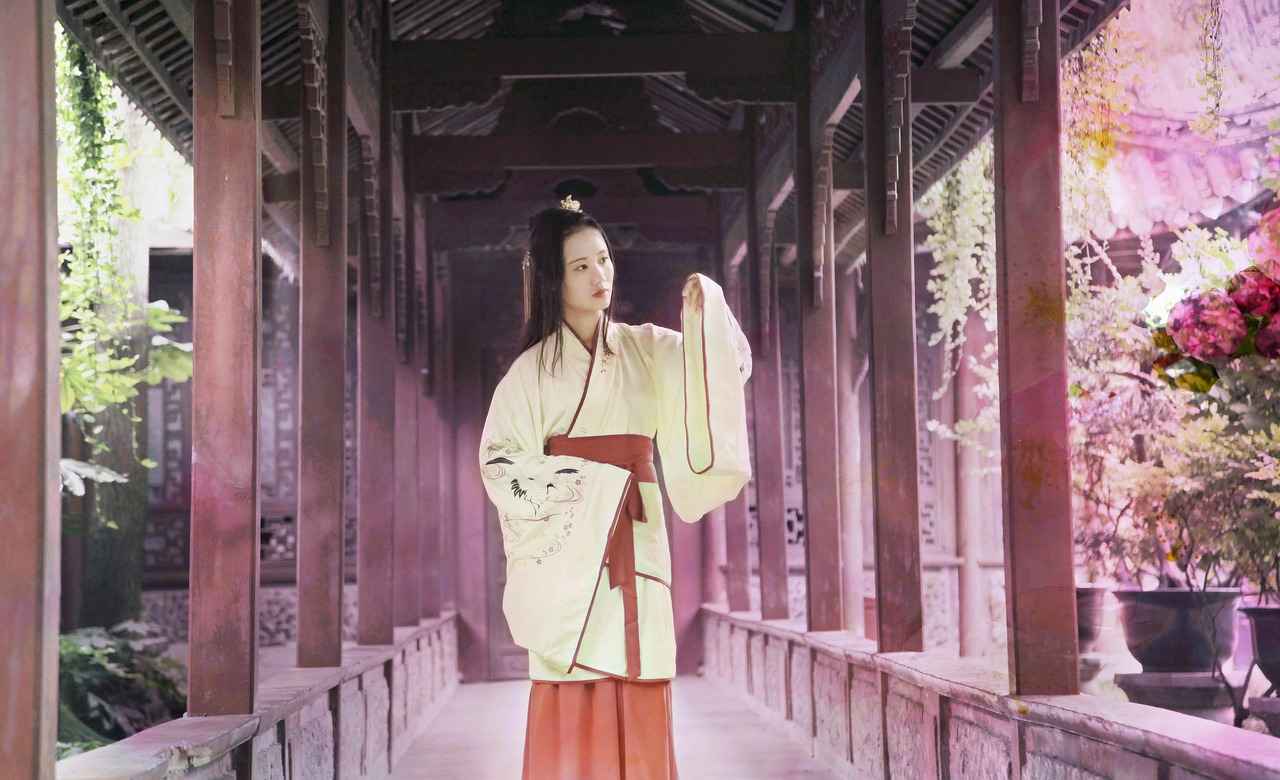
Caring for Your Kimono and Obi
Proper care is essential for maintaining the beauty and longevity of your kimono and obi. These exquisite garments are not only a reflection of Japanese culture but also represent significant personal investments. Therefore, understanding how to clean, store, and preserve them is crucial.
Cleaning Your Kimono and Obi
- Hand Washing: Always opt for hand washing with a mild detergent specifically designed for delicate fabrics. Avoid using bleach or harsh chemicals that can damage the fibers.
- Spot Cleaning: For minor stains, use a damp cloth and gently dab the area. It’s important to act quickly to prevent stains from setting.
- Professional Cleaning: For intricate designs or formal garments, consider taking your kimono and obi to a professional cleaner experienced in handling traditional garments.
Storing Your Kimono and Obi
- Use a Kimono Bag: Store your kimono and obi in a breathable kimono bag. Avoid plastic as it can trap moisture and lead to mildew.
- Hanging vs. Folding: If you have space, hanging your kimono is ideal to prevent creasing. If folding, use a soft cloth between layers to avoid fabric damage.
- Avoid Direct Sunlight: Store your garments in a cool, dark place to prevent fading and deterioration from UV exposure.
Preserving Your Kimono and Obi
- Regular Inspections: Periodically check your garments for any signs of wear or damage, such as fraying or discoloration.
- Use Cedar Blocks: Placing cedar blocks in your storage area can help repel moths and other pests that may damage the fabric.
- Rotate Usage: If you own multiple kimonos, rotate their use to prevent any one garment from becoming overly worn.
By following these practical tips, you can ensure that your kimono and obi remain beautiful and in excellent condition for years to come. Proper care not only enhances their aesthetic appeal but also preserves the cultural heritage they embody.
Frequently Asked Questions
- What is the main difference between a kimono and an obi?
The kimono is the traditional Japanese garment itself, while the obi is the decorative belt that secures the kimono around the waist. Think of the kimono as the beautiful canvas, and the obi as the finishing touch that brings everything together.
- Can I wear a casual kimono for formal occasions?
While casual kimonos, like yukatas, are great for relaxed settings, they might not be suitable for formal events. It’s like wearing jeans to a wedding—sometimes, it just doesn’t fit the vibe! Opt for formal kimonos like furisode or tomesode for such occasions.
- How do I choose the right kimono for my body type?
Choosing the right kimono is all about understanding your body shape and selecting styles that flatter it. For example, if you’re curvier, look for kimonos with a defined waist. It’s like picking the perfect outfit for your unique style—everyone’s body is different, so embrace what makes you feel fabulous!
- What are some tips for tying an obi?
Tying an obi can seem tricky, but practice makes perfect! Start with a simple knot and gradually try more intricate styles as you gain confidence. Think of it like learning to ride a bike—you might wobble at first, but soon you’ll be cruising with style!
- How should I care for my kimono and obi?
Proper care is crucial for maintaining your kimono and obi. Always follow the care instructions, store them in a cool, dry place, and avoid direct sunlight to prevent fading. Treat them like your favorite pair of shoes—take care of them, and they’ll last for years!
